Home>Furniture>Outdoor Furniture>What Ice Melt Is Safe For Trex Decking
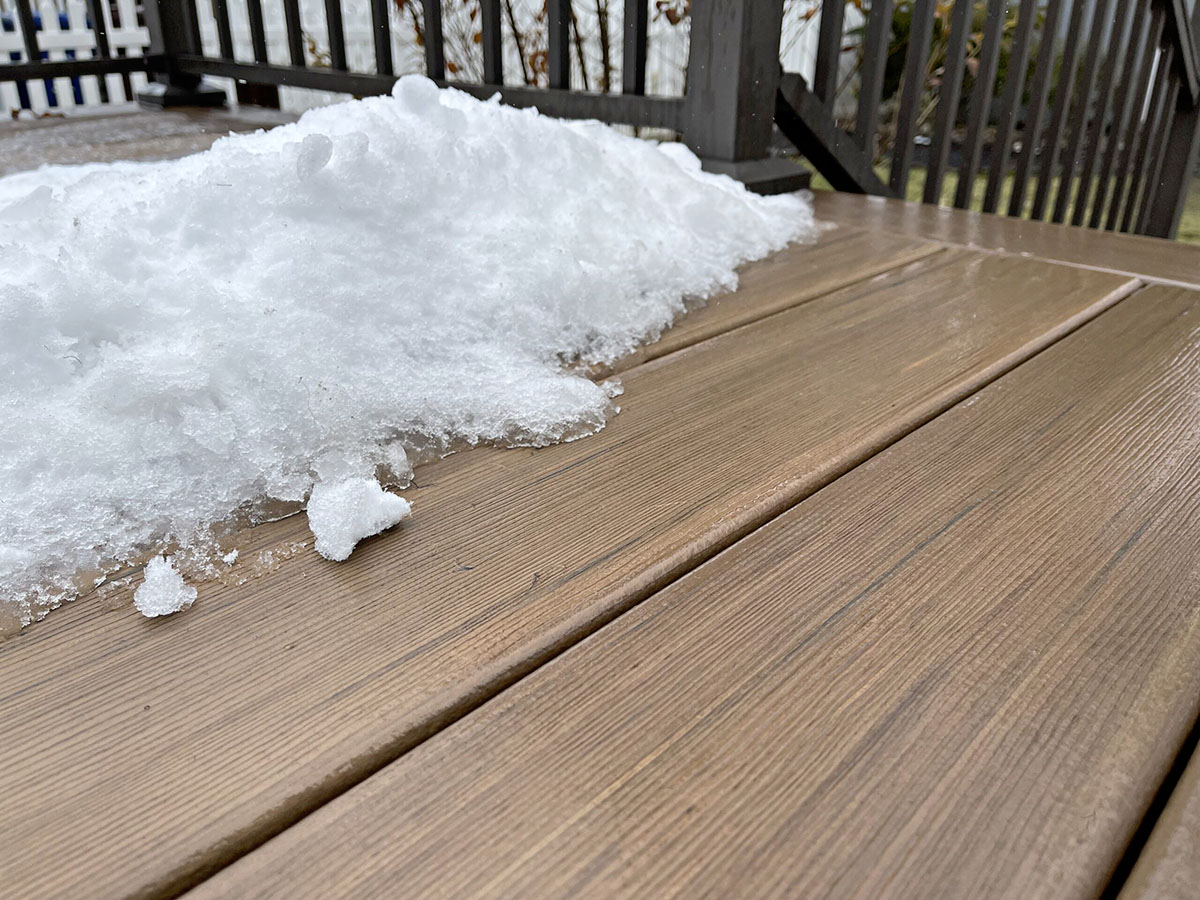

Outdoor Furniture
What Ice Melt Is Safe For Trex Decking
Modified: August 30, 2024
Protect your Trex decking with the right ice melt. Find out which ice melting products are safe for your outdoor furniture and won't damage your deck.
(Many of the links in this article redirect to a specific reviewed product. Your purchase of these products through affiliate links helps to generate commission for Storables.com, at no extra cost. Learn more)
Introduction
Welcome to our comprehensive guide on what ice melt is safe for Trex decking. If you have a beautiful Trex deck and live in an area with cold winters, you may be wondering how to effectively remove ice and snow without damaging your deck’s surface. Trex decking, known for its durability and low-maintenance qualities, requires special care when it comes to ice melt products. In this article, we will explore the impact of ice melt on Trex decking and provide recommendations and usage guidelines to keep your deck looking its best.
Trex decking is a popular choice for outdoor spaces due to its resistance to rot, fading, and staining. Made from a combination of recycled materials and wood fibers, Trex decking offers the aesthetic appeal of wood with the benefits of composite materials. It is designed to withstand extreme weather conditions, including freezing temperatures and heavy snowfall. However, exposure to certain ice melt products can cause discoloration or damage to the surface of the deck.
When it comes to choosing an ice melt product for your Trex decking, it is crucial to consider two main factors: the type of ice melt and its temperature rating. Some ice melts contain chemicals that can react with the composite material in Trex decking, resulting in discoloration or even structural damage. The temperature rating indicates the effectiveness of the ice melt at different temperatures.
In the next sections, we will delve deeper into the impact of ice melt on Trex decking and provide recommendations for safe and effective products. We will also discuss usage guidelines and precautions to ensure that you can keep your Trex deck free from ice and snow without compromising its longevity and appearance. Let’s dive in!
Key Takeaways:
- Choose ice melt products like Calcium Magnesium Acetate and Potassium Chloride for your Trex decking to avoid discoloration and structural damage. Test in a small area before widespread application.
- Apply ice melt sparingly, clean thoroughly, and consider non-abrasive alternatives like sand or kitty litter to protect your Trex decking from potential damage. Regular maintenance is key to preserving its beauty.
Read more: How To Melt Ice On Composite Decking
Understanding Trex Decking
Trex decking is a high-quality composite decking material that offers the natural beauty of wood with the durability and low-maintenance benefits of composite materials. It is composed of a unique blend of reclaimed wood and recycled plastic, making it an eco-friendly choice for outdoor spaces. Trex decking is renowned for its resistance to fading, staining, and scratching, making it an ideal option for homeowners who want a beautiful and long-lasting deck.
One of the key features of Trex decking is its ability to withstand extreme weather conditions. It is designed to resist damage from moisture, UV rays, and even mold and mildew. This makes it an excellent choice for regions with harsh winters, as it can stand up to freezing temperatures and heavy snowfall without warping or cracking.
Trex decking is also known for its low-maintenance requirements. Unlike traditional wood decks, which require regular staining, sealing, and sanding, Trex decking only requires occasional cleaning with soap and water to keep it looking its best. This means less time spent on maintenance and more time enjoying your outdoor living space.
Another advantage of Trex decking is its versatility. It comes in a variety of colors, finishes, and textures, allowing homeowners to choose the style that best suits their aesthetic preferences. Whether you prefer the warm tones of tropical hardwood or the sleek look of modern gray, there is a Trex decking option to complement any outdoor design.
Furthermore, Trex decking is engineered to be fade-resistant, so you can rest assured that your deck will maintain its vibrant color for years to come. This is achieved through a proprietary technology that encapsulates the wood fibers in a protective shell, preventing the sun’s UV rays from causing discoloration.
Overall, Trex decking offers a winning combination of durability, beauty, and sustainability. It creates an inviting outdoor space that can withstand the elements while requiring minimal maintenance. Understanding the unique qualities of Trex decking is essential for choosing the right ice melt product to protect and preserve its appearance.
Impact of Ice Melt on Trex Decking
While Trex decking is designed to be highly durable, it is important to be cautious when using ice melt products to remove ice and snow from its surface. Certain types of ice melt can have adverse effects on Trex decking, including discoloration, chemical reactions, and even structural damage. Understanding the potential impact of ice melt will help you make informed decisions when it comes to maintaining your Trex deck.
One of the primary concerns with using ice melt on Trex decking is discoloration. Some ice melt products contain chemicals that can react with the composite material in Trex decking, resulting in stains and color changes. This can diminish the aesthetic appeal of your deck and compromise its overall appearance. It is crucial to choose ice melt products that are safe for use on composite materials to avoid discoloration and maintain the beauty of your Trex deck.
In addition to discoloration, some ice melt products can also cause chemical reactions that may damage the surface of Trex decking. The chemicals in certain ice melts can break down the protective shell of the composite, leading to the degradation of the material. This can result in the deck becoming brittle, cracked, or weakened over time. It is essential to choose ice melt products that are gentle on composite materials to avoid any structural damage to your Trex decking.
The temperature rating of ice melt products is another crucial factor to consider. Trex decking is designed to withstand extreme weather conditions, but exposure to high-temperature ice melts can still cause damage. Using ice melt products with high temperature ratings can lead to the melting of the underlying snow or ice, which can then seep into the composite material and potentially cause expansion and contraction. This can result in warping, cracking, or other forms of damage to the deck. It is recommended to use ice melt products with lower temperature ratings to minimize the risk of thermal impact on your Trex decking.
Overall, the impact of ice melt on Trex decking can range from discoloration to structural damage, depending on the type of product used and its temperature rating. It is crucial to choose ice melt products specifically formulated for use on composite materials and to follow usage guidelines carefully to protect the longevity and appearance of your Trex deck. In the next sections, we will discuss recommended ice melt products for Trex decking and provide usage guidelines and precautions to ensure the safe and effective removal of ice and snow from your outdoor space.
Recommended Ice Melt Products for Trex Decking
When it comes to choosing ice melt products for Trex decking, it is essential to select options that are safe and compatible with composite materials. By using the right ice melt products, you can effectively remove ice and snow from your Trex deck without causing any discoloration or damage. Here are some recommended ice melt products that are considered safe for use on Trex decking:
- Calcium Magnesium Acetate (CMA): CMA is a popular ice melt option for composite decking. It is made from a combination of calcium, magnesium, and a biodegradable organic acid. CMA is known for being environmentally friendly and does not have the corrosive properties of other ice melt products. It can effectively melt mild to moderate ice and snow without harming Trex decking.
- Potassium Chloride: Potassium chloride is another ice melt option that is considered safe for use on Trex decking. It is a chloride-free alternative to traditional ice melts and is less likely to cause discoloration or damage to composite materials. Potassium chloride works best in milder winter conditions and can help to melt ice and snow without compromising the integrity of your Trex deck.
- Rock Salt (Sodium Chloride): While rock salt is commonly used to melt ice and snow, it is not the best choice for Trex decking. Rock salt contains high levels of chloride, which can potentially cause discoloration and damage to composite materials. If rock salt is the only available option, it should be used sparingly and rinsed off the deck as soon as possible to minimize any potential harm.
- Calcium Chloride: Calcium chloride is an effective ice melt product for removing ice and snow from Trex decking. However, it is important to use caution when using calcium chloride, as it has the potential to cause discoloration on some types of composite decking. Before using calcium chloride, it is recommended to test it in a small, inconspicuous area of your deck to ensure compatibility.
It is always advisable to read the product labels and instructions before using any ice melt product on your Trex deck. Look for ice melt products that specifically mention compatibility with composite decking materials. Additionally, consider using ice melt mats or non-abrasive alternatives, such as sand or kitty litter, for traction on your Trex deck during icy conditions.
Remember, prevention is key in maintaining your Trex decking. Shoveling or sweeping away snow promptly can help prevent the need for extensive ice melt usage. If you do need to use ice melt, apply it sparingly and follow the recommended application rates provided by the manufacturer.
By choosing the right ice melt products and following proper usage guidelines, you can safely remove ice and snow from your Trex decking without compromising its longevity or appearance. Next, let’s explore some important usage guidelines and precautions to ensure the best results.
Use calcium chloride or rock salt as a safe ice melt for Trex decking. Avoid using ice melts with added colorants or dyes, as they may stain the decking.
Usage Guidelines for Ice Melt on Trex Decking
Using ice melt on Trex decking requires careful consideration and adherence to usage guidelines to minimize the risk of damage to the composite material. Here are some important guidelines to follow when using ice melt on your Trex deck:
- Choose a Compatible Ice Melt: Select ice melt products that are specifically formulated for use on composite decking. Avoid using products that contain chemicals that can react with the composite material and cause discoloration or structural damage.
- Test in a Small Area: Before applying ice melt to your entire Trex deck, test it in a small, inconspicuous area. This will help you determine if the product is compatible with your specific Trex decking and prevent any potential damage from occurring.
- Follow Manufacturer’s Instructions: Carefully read and follow the manufacturer’s instructions and recommended application rates for the ice melt product you are using. Applying excessive amounts of ice melt can increase the risk of damage to your Trex decking.
- Apply Sparingly: Apply ice melt sparingly to the affected areas of your Trex deck. Use only as much as necessary to effectively melt the ice or snow. Applying a thin layer and allowing it to work gradually is often sufficient to achieve the desired results.
- Clean Thoroughly: After the ice and snow have melted, thoroughly clean your Trex deck to remove any remaining residue from the ice melt. Use a mild soap and water solution to gently scrub the surface, rinsing thoroughly to ensure all traces of the ice melt are removed.
- Monitor the Deck: Regularly inspect your Trex decking for any signs of discoloration or damage. If you notice any issues or changes in the appearance, address them promptly to prevent further damage.
- Consider Non-Abrasive Alternatives: In cases where ice melt may not be necessary, consider using non-abrasive alternatives such as sand, kitty litter, or rubber ice melt mats for traction on your Trex deck. These options can provide grip without the potential risks associated with ice melt.
By following these usage guidelines, you can effectively remove ice and snow from your Trex decking while minimizing the risk of damage. It is important to remember that proper maintenance and regular cleaning are essential for keeping your Trex deck in optimal condition. Regularly sweep off debris and promptly clean up any spills or stains to ensure the longevity and beauty of your Trex decking.
Now, let’s explore some precautions to consider when using ice melt on your Trex deck to ensure the best possible results.
Read more: What Is Trex Decking
Precautions to Take when Using Ice Melt on Trex Decking
While using ice melt on Trex decking can help remove ice and snow effectively, it is important to take certain precautions to prevent potential damage and ensure the longevity of your deck. Here are some precautions to consider when using ice melt on your Trex deck:
- Use Ice Melt Sparingly: Apply ice melt sparingly and only as needed. Using excessive amounts can increase the risk of discoloration or damage to your Trex decking. Follow the recommended application rates provided by the manufacturer to prevent overuse.
- Avoid Harsh Chemicals: Avoid using ice melt products that contain harsh chemicals or high levels of chloride. These can react with the composite material in Trex decking and cause discoloration or structural damage. Choose ice melt products specifically designed for use on composite materials.
- Test in an Inconspicuous Area: Before applying ice melt to the entire deck, test it in a small, inconspicuous area to ensure compatibility with your Trex decking. This will help you assess any potential reactions or discoloration before widespread application.
- Protect Surrounding Areas: Take precautions to protect any nearby plants, shrubs, or landscaping from ice melt runoff. Some ice melt products can be harmful to vegetation, so it’s important to avoid direct contact or excessive runoff onto these areas.
- Remove Residual Ice Melt: After the ice and snow have melted, thoroughly clean your Trex deck to remove any residual ice melt residue. Use a mild soap and water solution to gently scrub the surface, ensuring all traces of the ice melt are completely removed.
- Minimize Abrasion: Avoid using abrasive tools or materials to remove ice or snow from your Trex decking. Scratching the surface can compromise its appearance and durability. Instead, use plastic shovels or brooms with soft bristles to remove snow without causing damage.
- Consider Non-Abrasive Alternatives: In situations where ice melt may not be necessary, consider using non-abrasive alternatives such as sand, kitty litter, or rubber ice melt mats. These options can provide traction on your Trex deck without the potential risks associated with ice melt.
- Regular Maintenance: Perform regular maintenance on your Trex decking to keep it in optimal condition. Sweep off debris, clean up spills promptly, and inspect the deck regularly for signs of discoloration or damage.
By taking these precautions, you can safely and effectively use ice melt on your Trex deck without compromising its appearance or structural integrity. Remember, prevention is key in maintaining your deck’s longevity. Shovel or sweep off snow promptly to minimize the need for extensive ice melt usage.
If you have any concerns about using ice melt on your Trex decking or if you experience any unexpected reactions or damages, it is advisable to consult with a professional or contact the manufacturer for further guidance. By following these precautions and guidelines, you can keep your Trex decking looking its best even during harsh winter weather conditions.
Now, let’s conclude our guide on using ice melt on Trex decking.
Conclusion
Using ice melt on Trex decking requires careful consideration and adherence to usage guidelines to protect the appearance and longevity of your outdoor space. Trex decking, renowned for its durability and low-maintenance qualities, can be susceptible to damage from certain ice melt products that contain chemicals or high levels of chloride. By following the recommendations and precautions outlined in this guide, you can safely remove ice and snow from your Trex deck without compromising its beauty and structural integrity.
When selecting ice melt products for Trex decking, opt for options that are specifically formulated for use on composite materials. Calcium Magnesium Acetate (CMA), Potassium Chloride, and certain Calcium Chloride products are considered safe choices, whereas rock salt (sodium chloride) should be used sparingly and thoroughly rinsed off. Always test an ice melt product in a small area of your deck before widespread application to ensure compatibility and avoid potential discoloration.
Remember to apply ice melt sparingly, following the recommended application rates provided by the manufacturer, and clean your deck thoroughly after the ice and snow have melted. Regular maintenance, such as sweeping off debris and promptly cleaning up spills, is crucial to the overall care of your Trex decking and maintaining its vibrant appearance.
Precautions should be taken to protect surrounding vegetation from ice melt runoff, and non-abrasive alternatives, such as sand, kitty litter, or rubber ice melt mats, can be considered when ice melt may not be necessary. By taking these precautions and regularly inspecting your Trex decking for any signs of damage, you can ensure its long-term durability and beauty.
In conclusion, with proper care and attention, utilizing ice melt on Trex decking can be an effective solution for removing ice and snow during the winter months. By following the recommendations and precautions outlined in this guide, you can enjoy your Trex deck year-round without worrying about compromising its appearance or structural integrity.
Remember, when in doubt or if you encounter any issues or concerns, it is always advisable to consult with a professional or contact the manufacturer for further guidance. With the right knowledge and proper maintenance, your Trex decking can continue to be a stunning addition to your outdoor space for many years to come.
Frequently Asked Questions about What Ice Melt Is Safe For Trex Decking
Was this page helpful?
At Storables.com, we guarantee accurate and reliable information. Our content, validated by Expert Board Contributors, is crafted following stringent Editorial Policies. We're committed to providing you with well-researched, expert-backed insights for all your informational needs.
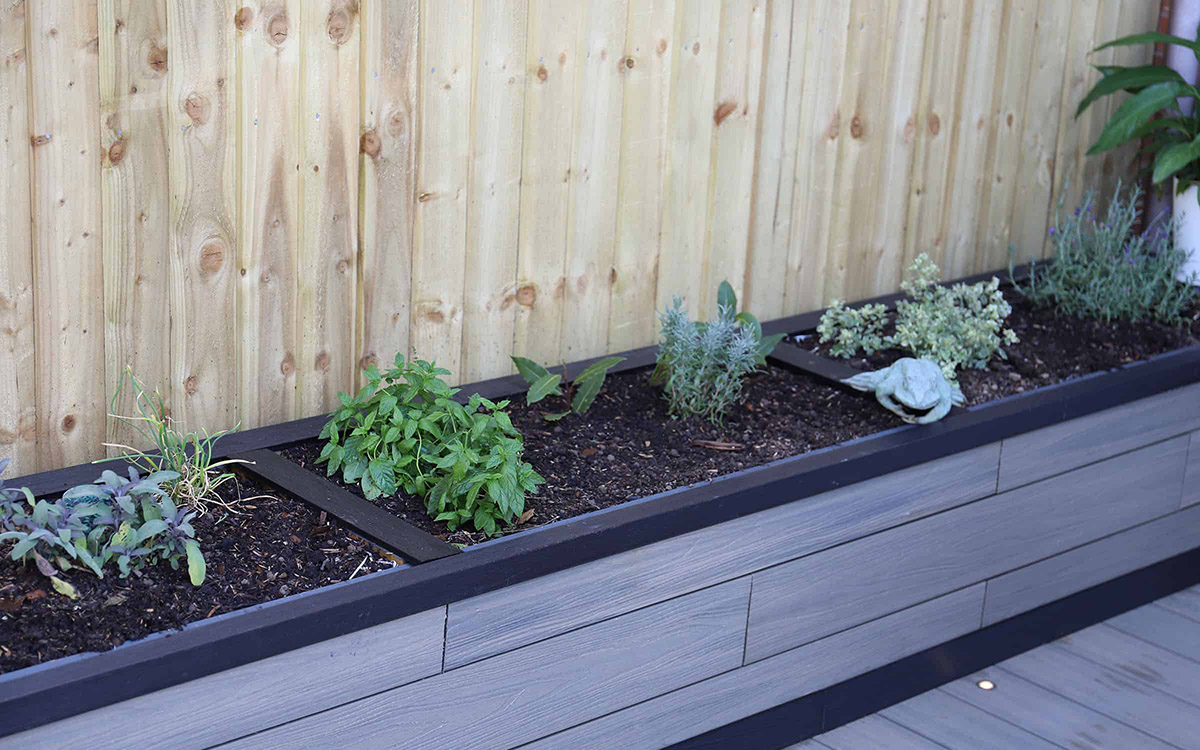
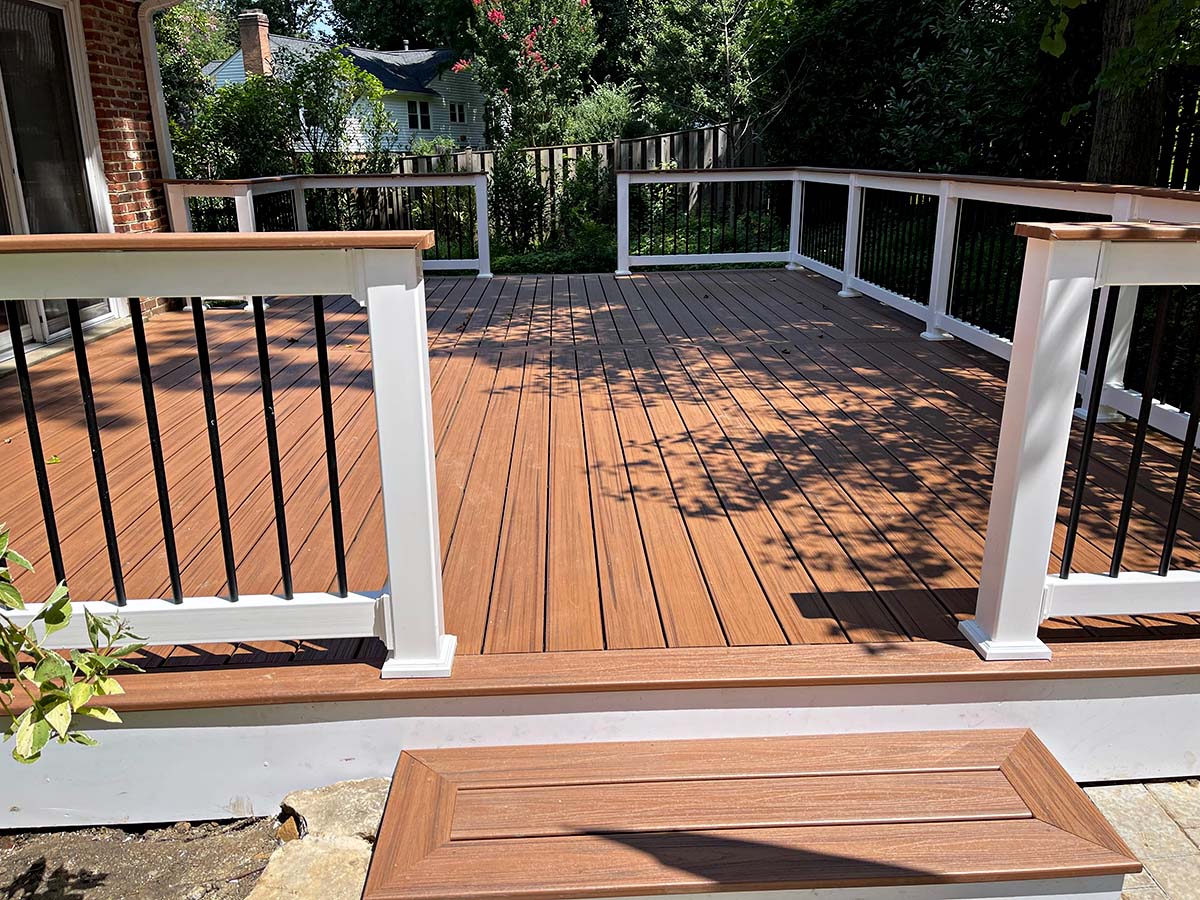
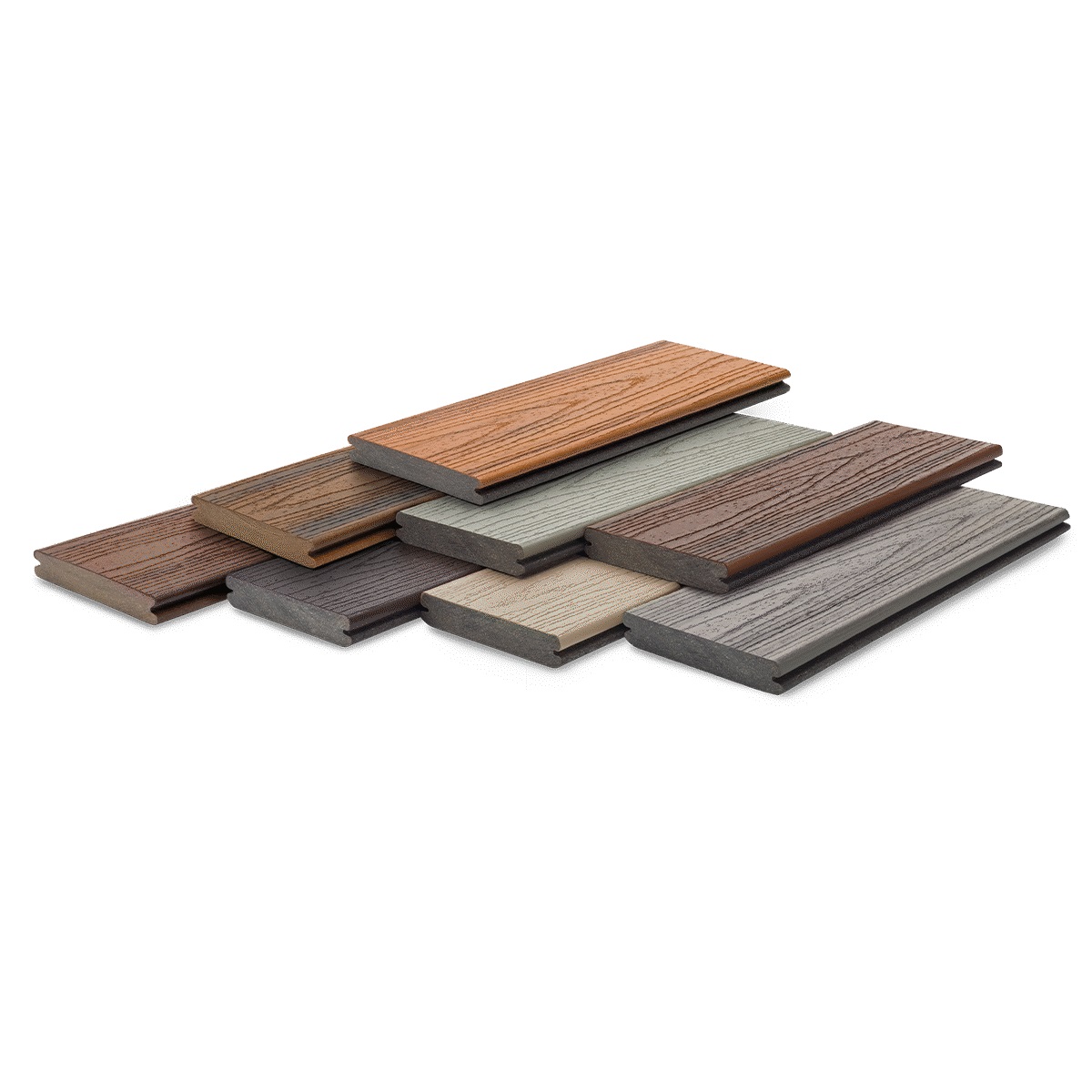

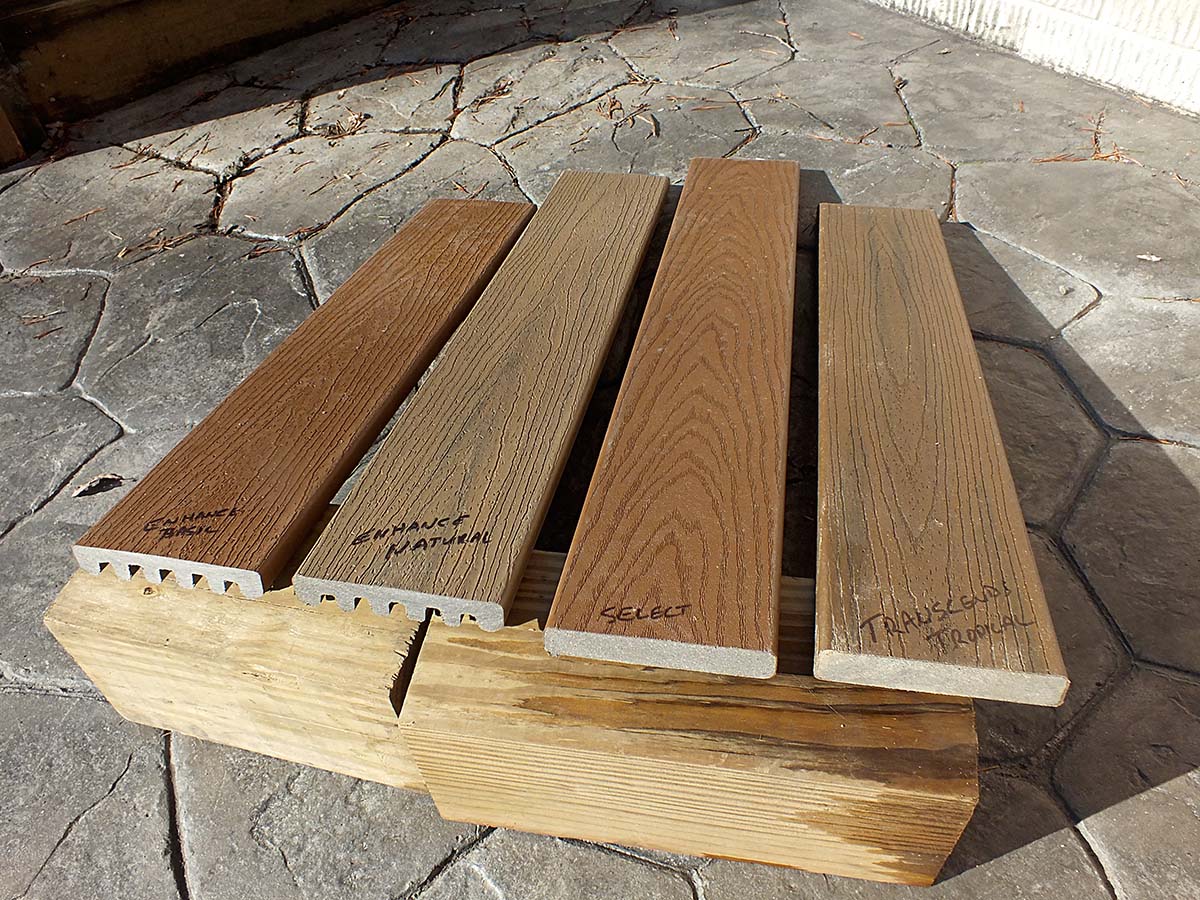
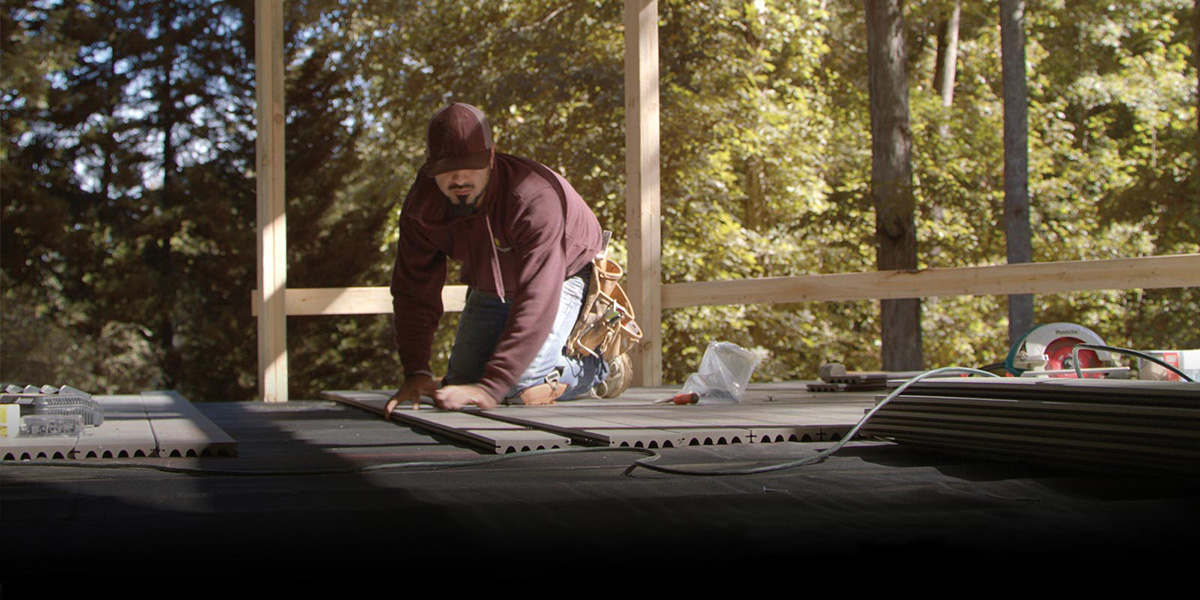
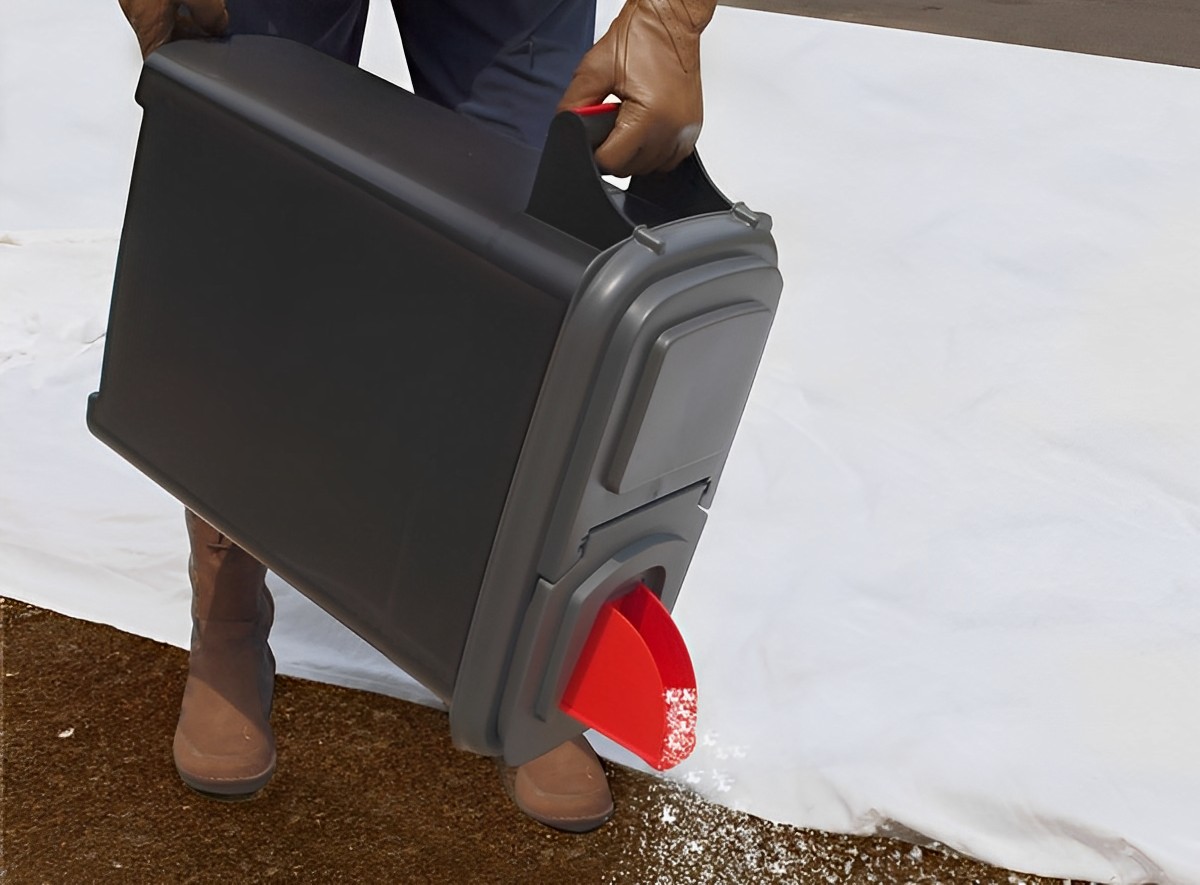
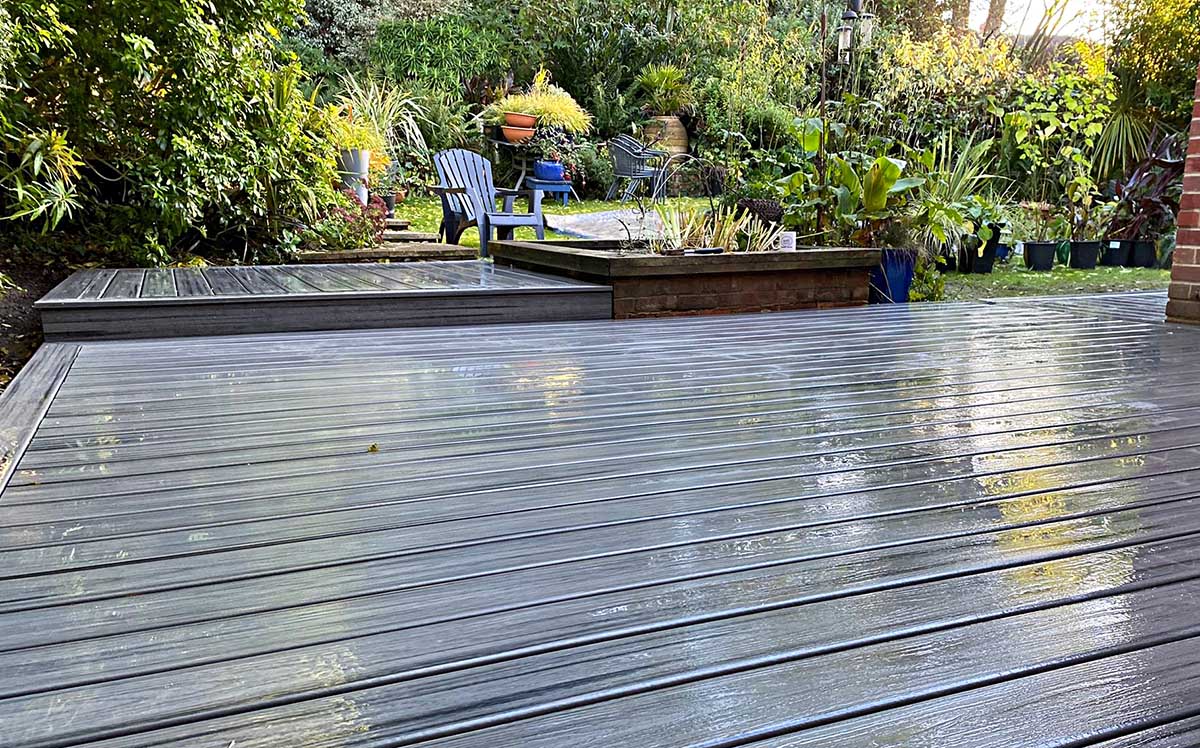
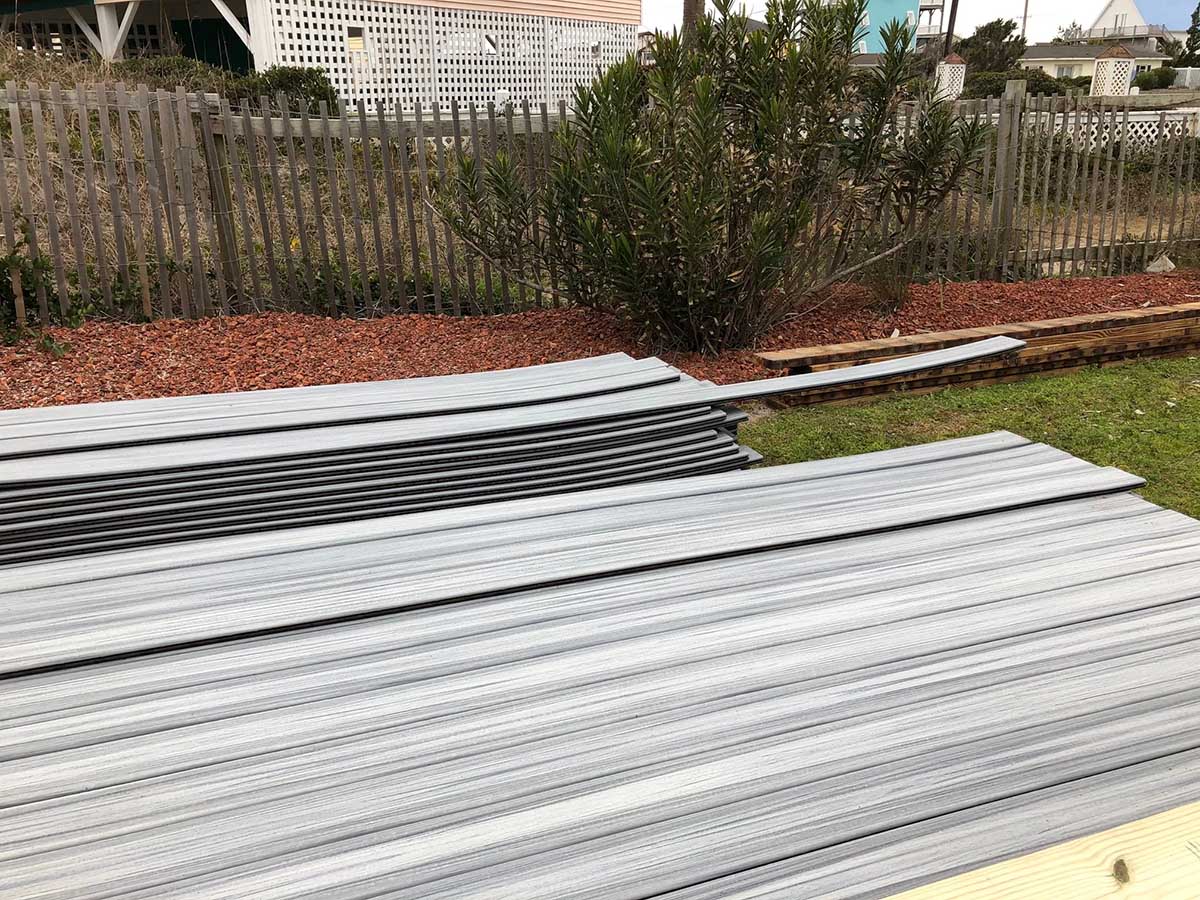
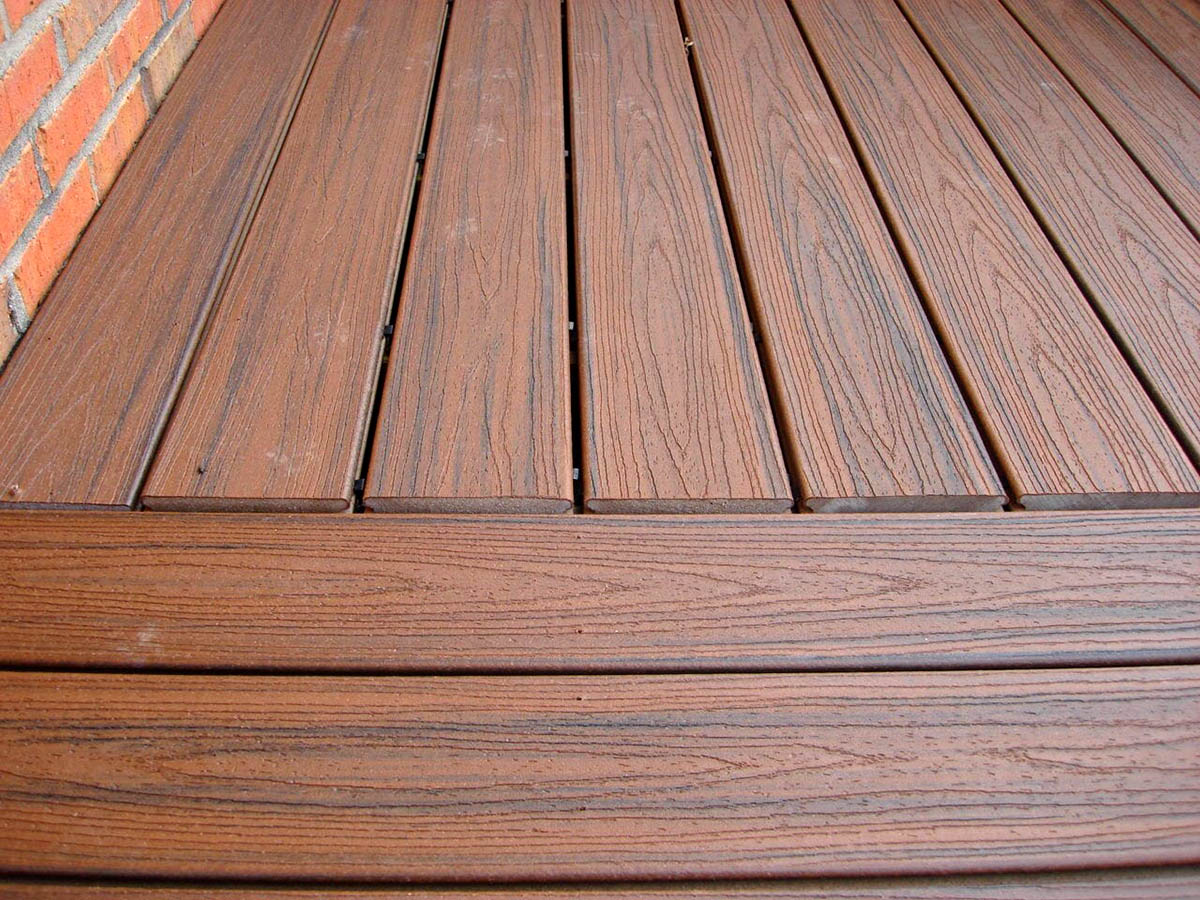
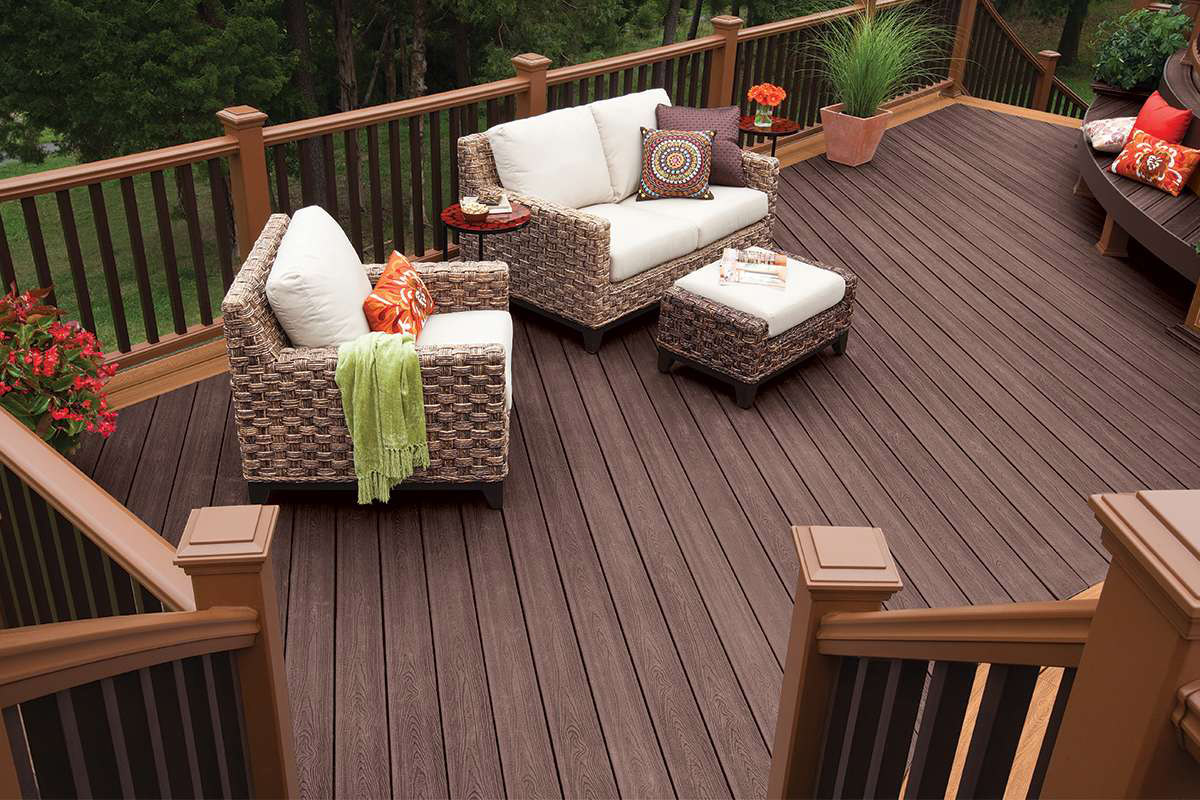
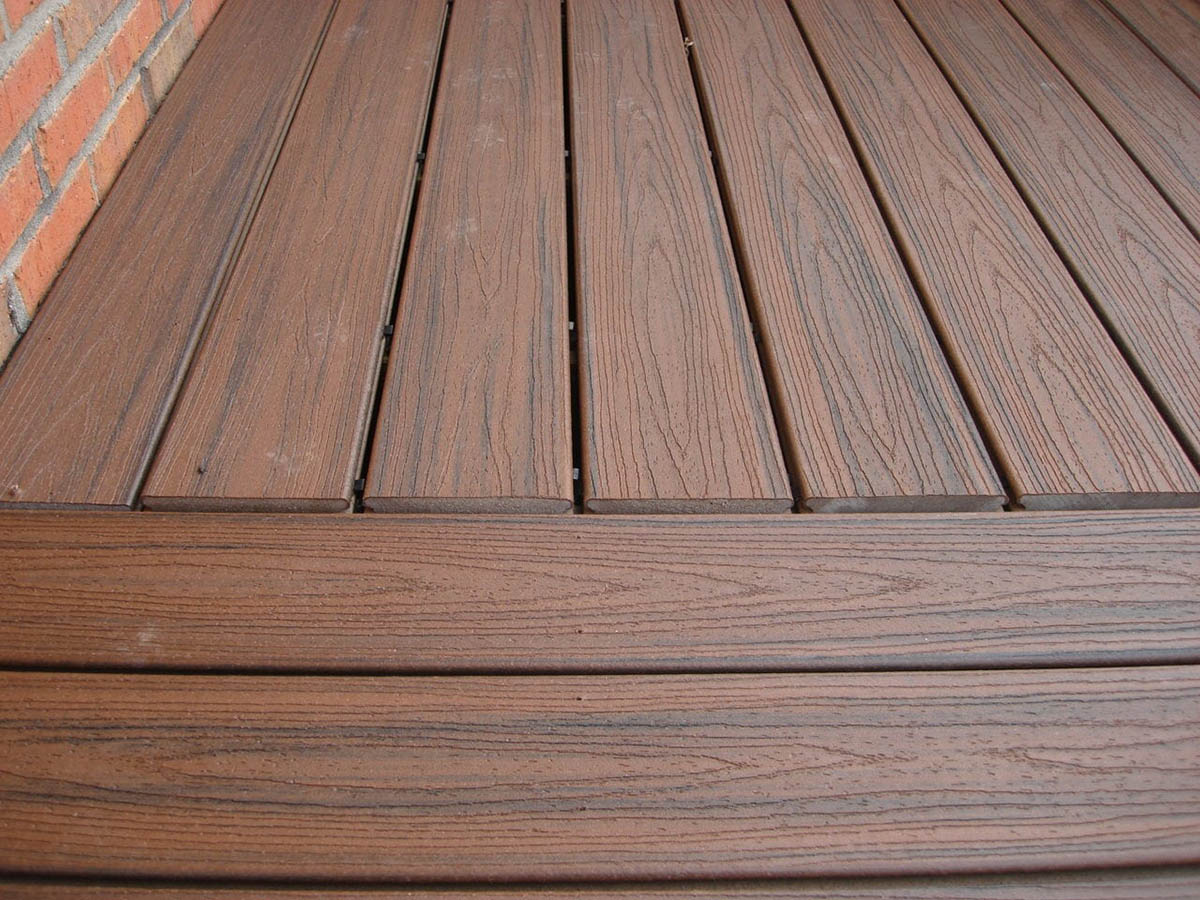

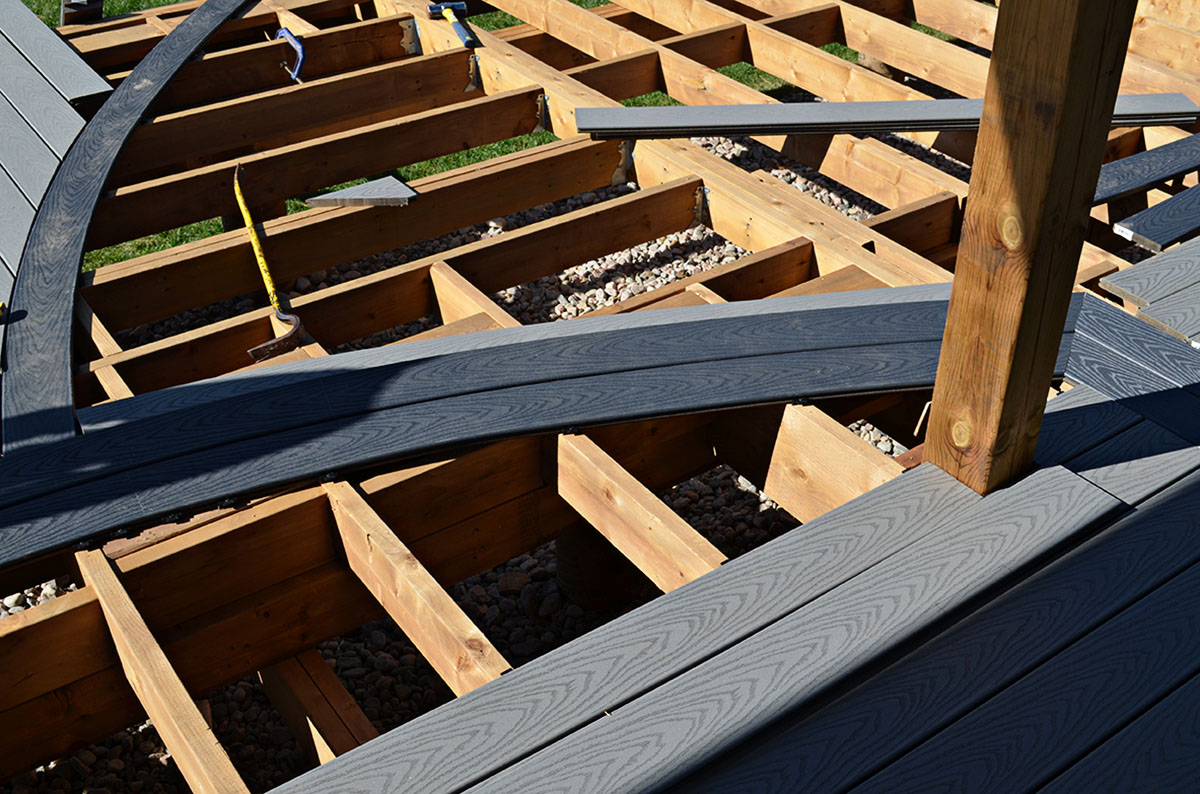

0 thoughts on “What Ice Melt Is Safe For Trex Decking”